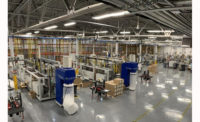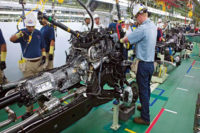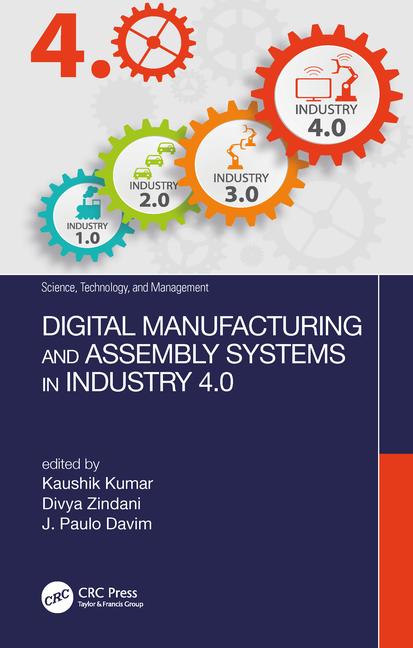RANDOLPH CIRCLE, VT—Despite President Donald Trump’s campaign vow to revive manufacturing, the industry isn’t expected to rebound to its heyday. At its peak in the late 1970s, it employed 19 million people. Today, the sector employs roughly 12.4 million; the Bureau of Labor Statistics predicts that number will fall slowly over the next decade to 11.6 million.
But, the strong economy, and the return of manufacturing operations to the United States as labor costs rise abroad, have led some companies to add jobs. There were about 360,000 hires in January 2018, an increase of 52,000 over the year before, according to the Bureau of Labor Statistics.
Businesses are seeking workers whose profile is different from that of decades past, when a high school diploma was more than enough. As robots take over much of the manual labor in factories, the new jobs being created tend to require computer and engineering skills and advanced training.
That’s helped to fuel a boomlet of college investment in manufacturing programs. In November 2017, Washington state’s Shoreline Community College announced a new two-year degree in mechatronics — which prepares students to work with manufacturing systems. In Illinois, Chicago’s College to Careers initiative is prepping local students for careers in manufacturing. The city will spend $75 million on a new manufacturing training facility, to open in fall of 2018, one of many initiatives planned through College to Careers. This year Alabama became the first state to offer certification from the Manufacturing Skill Standards Council at all its public colleges.
Vermont Technical College, a rural college with about 1,600 students that specializes in hands-on learning, recently started a bachelor’s degree program in manufacturing engineering technology. Its first class of nine students graduated in June 2017. This year’s graduating class has 11 students, and the school is planning for larger classes in the future, says Christopher Gray, assistant professor for manufacturing and mechanical engineering technology at the school. But getting teens and young adults to study manufacturing, an industry that may seem more gritty than glamorous, isn’t always easy, say industry experts.









